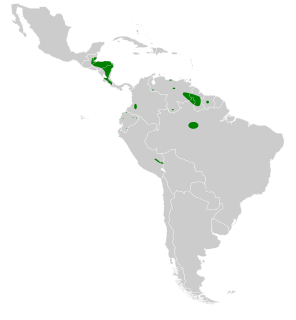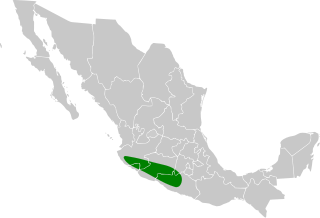 W
WCypseloides is a genus of swift in the family Apodidae. It contains nine described species. They occur mainly in Central and South America. The exception being the American black swift, which has a wide range into North America.
 W
WThe American black swift, or more simply black swift, is a species of bird that is found from northern British Columbia in Canada through the United States and Mexico to Costa Rica and Brazil. They are also found in the Caribbean.
 W
WThe great dusky swift is a South American species of swift in the family Apodidae. At 18 cm (7.1 in) in length, it is large relative to other swifts, and dark brown in colour with a pale coloured head.
 W
WRothschild's swift is a species of swift in the family Apodidae. It is found in Argentina, Bolivia, and Peru. Its natural habitats are subtropical or tropical moist montane forests and subtropical or tropical high-altitude grassland. It is threatened by habitat loss.
 W
WThe sooty swift is a species of swift in the family Apodidae. It is found in Argentina, Bolivia, Brazil, and Paraguay. Its natural habitats are temperate forests, subtropical or tropical moist lowland forest, subtropical or tropical moist montane forest, and heavily degraded former forest.
 W
WThe spot-fronted swift is a species of swift in the family Apodidae. It is found in Colombia, Costa Rica, Ecuador and western Venezuela. Its natural habitat is subtropical or tropical moist montane forests. The scientific name commemorates the specimen collector George K. Cherrie.
 W
WThe white-chested swift is a species of swift in the family Apodidae. It is found in Colombia, Ecuador, and Peru. Its natural habitat is heavily degraded former forest.
 W
WThe white-chinned swift is a species of swift in the family Apodidae. It is found in Belize, Colombia, Costa Rica, Ecuador, Guyana, Honduras, Mexico, Nicaragua, Panama, Peru, and Venezuela. Its natural habitats are subtropical or tropical moist lowland forests and subtropical or tropical moist montane forests.
 W
WThe white-fronted swift is a species of swift in the family Apodidae. It is endemic to Mexico.